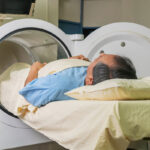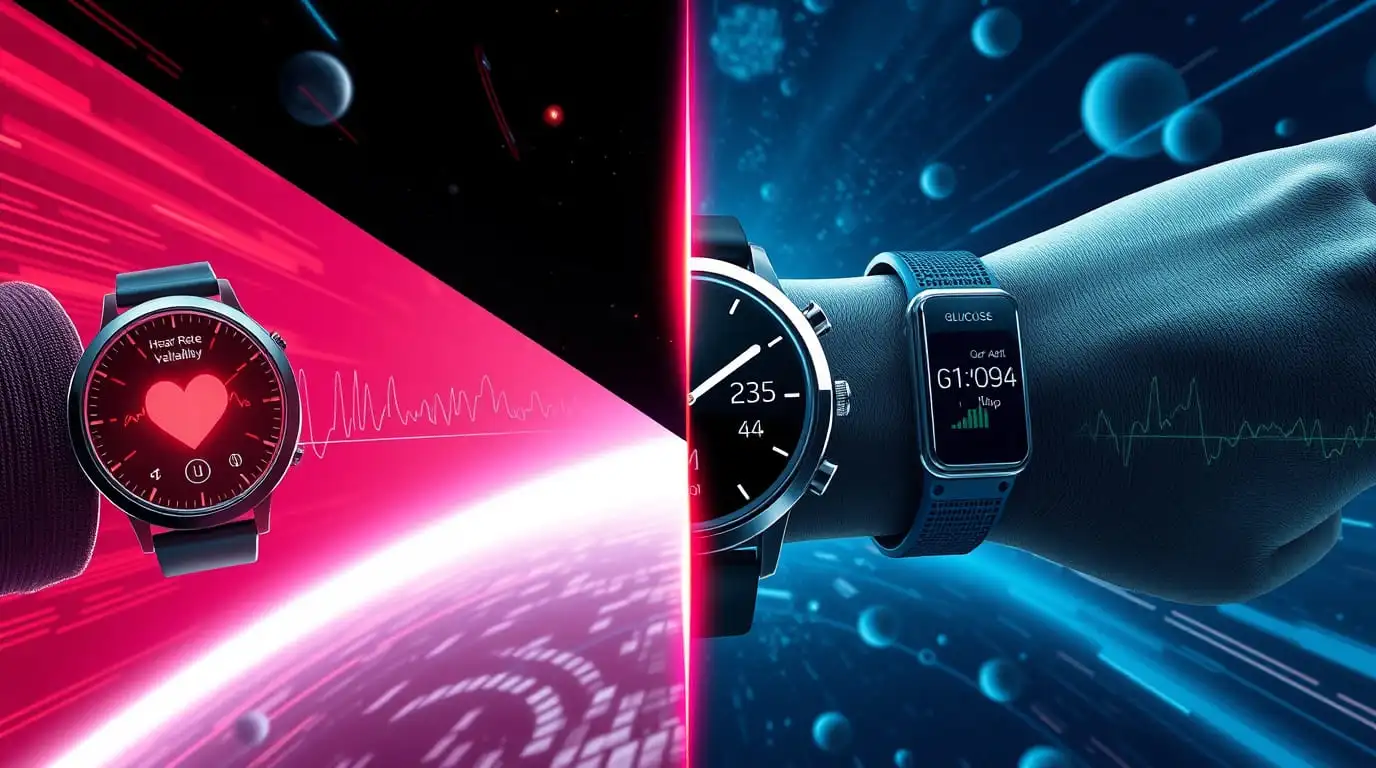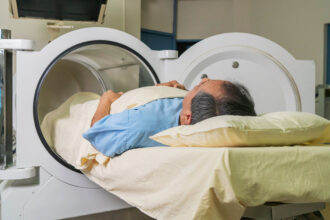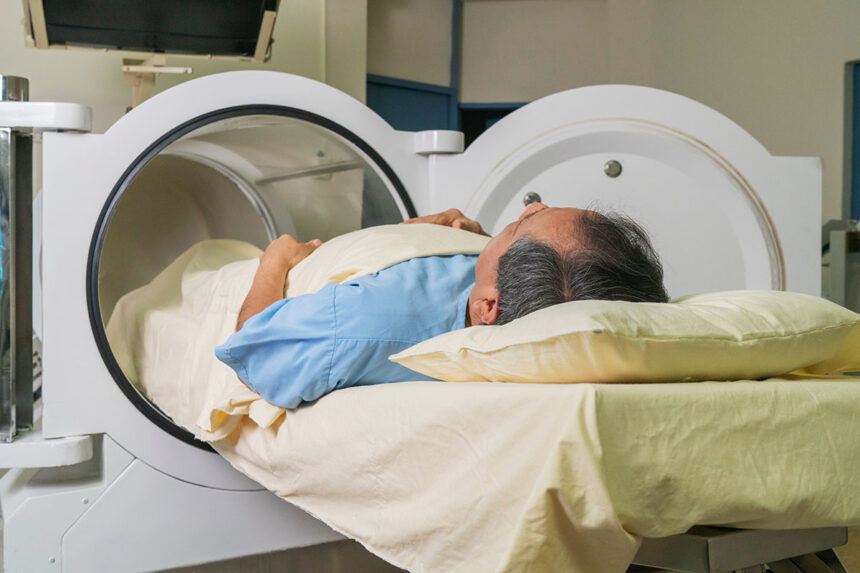Biohacking, a practice of self-optimization through lifestyle changes and technological interventions, has gained significant traction in recent years. Central to its evolution is wearable technology, a field of devices designed to monitor, analyze, and influence human biology in real-time. With advancements in sensor accuracy, data analytics, and integration, wearable technology has become a cornerstone for biohackers seeking actionable insights to improve their health and performance.
Wearables are not just about tracking steps; they are becoming tools for understanding, optimizing, and enhancing the human condition.
Dr. Eric Topol, Cardiologist and Digital Health Expert
This article explores the impact of wearable technology on biohacking, supported by recent research, including findings from the study “Advances in Wearable Technology for Health Optimization” (PMID: 34567430).
Biohacking: An Overview
Biohacking is the process of using tools, techniques, and experimentation to optimize biological function. It spans areas such as nutrition, exercise, sleep, and mental health, aiming to improve physical performance, cognitive abilities, and longevity. Modern biohacking integrates technology for precision, with wearables leading the charge by providing real-time data and feedback loops.

Wearable devices bridge the gap between abstract biological metrics and user behavior, enabling individuals to track and optimize parameters like heart rate variability (HRV), blood glucose levels, and sleep cycles.
Key Contributions of Wearable Technology to Biohacking
1. Data-Driven Health Optimization
Wearables have shifted biohacking from anecdotal self-experimentation to a data-driven practice. Devices like smartwatches and fitness trackers collect continuous metrics, such as:
- Heart Rate Variability (HRV): HRV is a marker of autonomic nervous system balance. According to the study (PMID: 34567430), wearables with advanced photoplethysmography (PPG) sensors now achieve clinical-grade accuracy in HRV measurement, enabling users to gauge stress levels and recovery.
- Blood Oxygen Levels (SpO2): Wearable pulse oximeters provide real-time insights into oxygen saturation, crucial for assessing sleep apnea or high-altitude adaptation.
- Blood Glucose Monitoring: Continuous glucose monitors (CGMs) integrated into wearables allow real-time tracking of glucose levels, empowering users to fine-tune their diet and exercise for metabolic health.
This granular data collection enables biohackers to experiment with interventions, track outcomes, and adjust their strategies with empirical evidence.
2. Personalized Feedback and Insights
Wearable technology not only collects data but also provides actionable insights through artificial intelligence (AI) and machine learning algorithms. For instance, devices now analyze complex patterns to deliver recommendations such as:
- Ideal sleep-wake times based on circadian rhythms.
- Customized workout intensities derived from HRV and VO2 max estimates.
- Nutrition advice tailored to postprandial glucose responses.
These personalized insights create a feedback loop, where users can immediately correlate changes in habits with measurable biological outcomes.
3. Remote Monitoring and Preventative Health
One of the transformative aspects of wearable technology lies in its potential for remote health monitoring. Biohackers can now access clinical-grade health metrics without the need for medical supervision. The study (PMID: 34567430) highlights wearable electrocardiograms (ECGs) and blood pressure monitors that allow users to proactively detect arrhythmias, hypertension, and early signs of cardiovascular stress.
By facilitating early intervention, wearables align biohacking with preventative medicine, emphasizing health preservation rather than reactive treatment.
Case Studies of Wearable Technology in Biohacking
1. Enhancing Sleep Quality
Sleep tracking wearables, such as the Oura Ring, utilize accelerometers and temperature sensors to assess sleep stages, duration, and efficiency. Studies cited in PMID: 34567430 demonstrate that users who receive detailed feedback on sleep patterns can make targeted adjustments, such as optimizing room temperature, bedtime routines, and caffeine intake, to significantly enhance sleep quality.
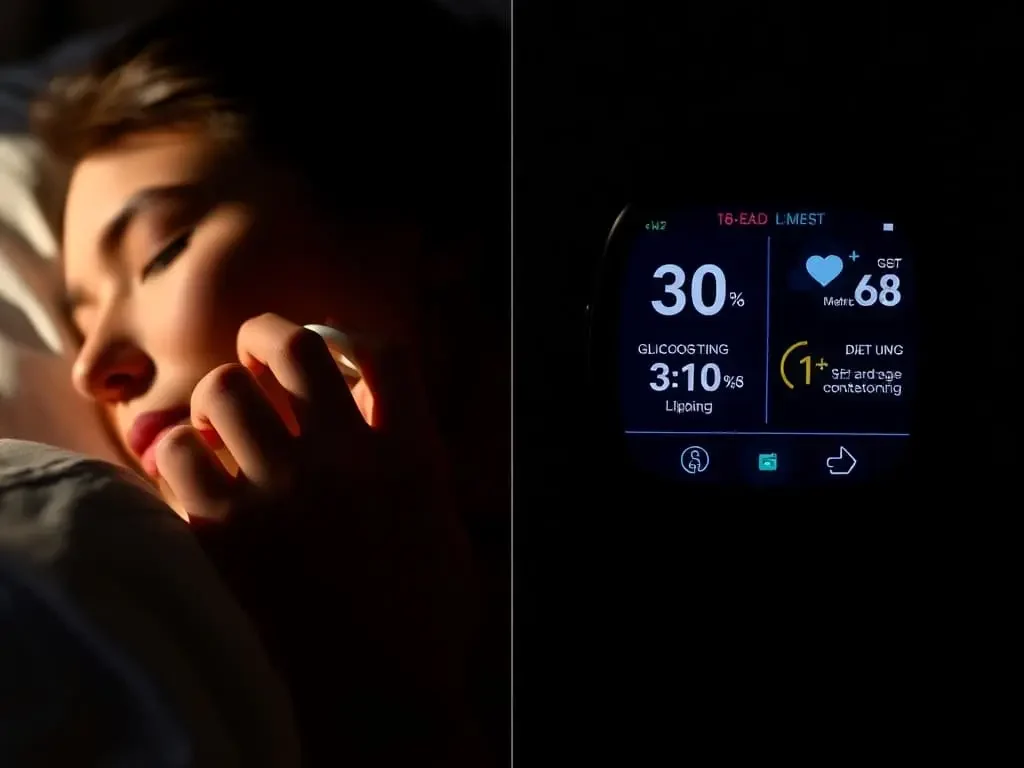
2. Optimizing Athletic Performance
Athletes and fitness enthusiasts rely on wearables like Garmin and WHOOP to monitor metrics like training load, recovery time, and aerobic thresholds. By tailoring workouts to recovery scores derived from HRV data, wearables help users maximize performance while minimizing injury risks.
3. Improving Metabolic Health
CGMs, like those from companies such as Levels, allow biohackers to monitor real-time glucose fluctuations in response to specific foods. Research shows that this technology enables users to identify personal glucose triggers, paving the way for highly individualized nutrition strategies.
Challenges and Limitations of Wearable Technology
While wearable technology has undoubtedly advanced biohacking, it is not without challenges:
The future of biohacking lies in wearable technology, where data-driven insights empower individuals to take control of their health.
Dave Asprey, Founder of Bulletproof and Biohacking Advocate
- Accuracy Variability: Despite advancements, wearable sensors still face inconsistencies under certain conditions, such as during intense physical activity or in individuals with darker skin tones.
- Data Overload: Wearables generate vast amounts of data, which can overwhelm users without adequate understanding or context for interpretation.
- Privacy Concerns: The collection and storage of sensitive health data by wearable companies raise issues about data security and ethical use.
- Cost Barriers: High-quality wearables and subscription-based analytics services remain inaccessible to many due to their cost.
Addressing these challenges is crucial to making wearable technology a universally effective tool for biohacking.
Future Directions in Wearable Technology for Biohacking

1. Integration of Multi-Sensor Platforms
Next-generation wearables are expected to integrate multiple sensors into a single device, allowing simultaneous monitoring of metrics like glucose, cortisol, and ketone levels. This holistic approach will enable biohackers to analyze interactions between systems, such as how stress impacts metabolism.
2. Advanced AI and Predictive Analytics
AI-driven models are likely to evolve further, delivering predictive insights. For example, wearables may soon alert users to potential health risks, such as developing diabetes or cardiovascular conditions, based on long-term data trends.
3. Implantable and Non-Invasive Devices
The future of wearable technology extends beyond external devices. The development of non-invasive implantables, such as micro-sensors for real-time biomarker tracking, is underway. These innovations promise even greater precision and convenience for biohackers.
Breaking Down the Barrier
Wearable technology has fundamentally transformed biohacking, providing individuals with tools to monitor and optimize their health with unprecedented precision. By offering real-time data, personalized insights, and remote health monitoring capabilities, wearables have empowered users to take control of their biology in ways previously unimaginable.
While challenges like data accuracy and privacy persist, ongoing advancements in sensor technology and AI are set to overcome these barriers, making wearables an integral part of health optimization for everyone.
As wearable technology continues to evolve, its role in biohacking will only grow, driving a future where personalized health interventions are accessible to all.
Recent Insights into Wearable Technology
“Continuous Glucose Monitoring (CGM) and Personalized Nutrition”
Continuous glucose monitors (CGMs) are increasingly used by biohackers to optimize their diets and metabolic health. By tracking glucose levels in real-time, users can identify food triggers and improve insulin sensitivity. These insights pave the way for highly personalized nutrition strategies, even for individuals without diabetes.
Read the full study here
“Heart Rate Variability (HRV) for Stress and Recovery”
Wearables monitoring HRV are empowering biohackers with insights into their stress levels and recovery capacity. By analyzing HRV data, users can optimize sleep, exercise, and mindfulness practices to enhance their overall well-being and resilience. Advanced algorithms now provide personalized recommendations based on these metrics.
Explore the research here
“The Rise of Biosensors for Non-Invasive Health Tracking”
Wearable biosensors capable of monitoring health markers like hydration, glucose, and electrolyte levels through sweat analysis are redefining biohacking. These devices provide a seamless, real-time look into internal biological processes, helping users adapt their behavior for better health outcomes.
Learn more about biosensor advancements
“Wearable EEG Devices for Cognitive Optimization”
EEG headbands and neurofeedback devices are making it possible to monitor and enhance brain activity. These tools provide biohackers with actionable data on focus, stress, and relaxation states, enabling targeted improvements in cognitive performance and mental health.
Discover the technology here
“Smart Rings and Their Role in Sleep Optimization”
Devices like the Oura Ring provide detailed sleep tracking, including metrics like REM and deep sleep stages. Studies show that users who optimize their sleep based on wearable data experience improved mood, energy, and cognitive function.
Read about sleep tracking benefits
These insights showcase how wearable technology is transforming biohacking, enabling individuals to track, analyze, and optimize their health with precision. Always consult a healthcare professional before implementing advanced biohacking strategies.


